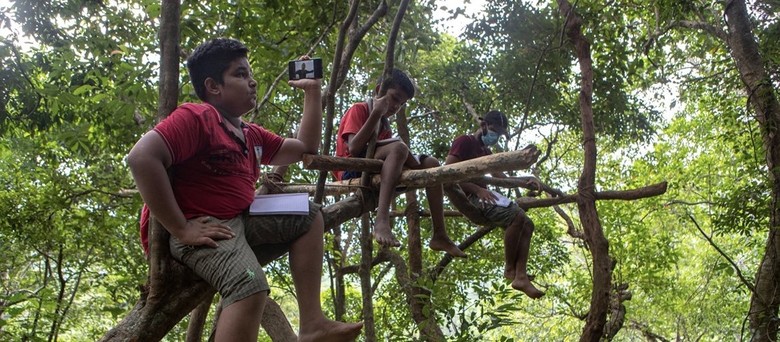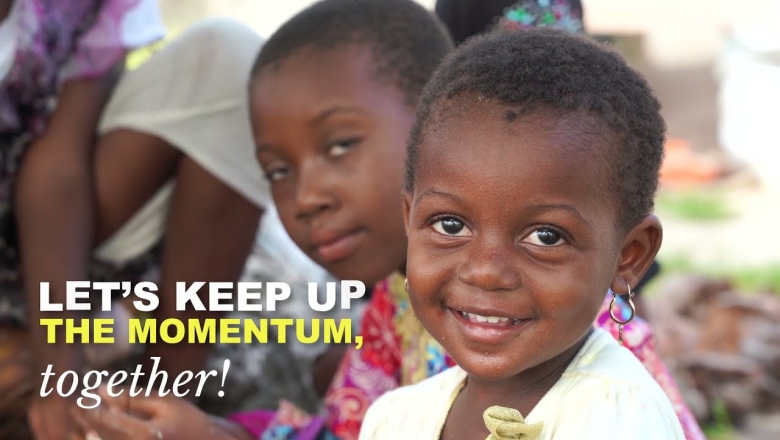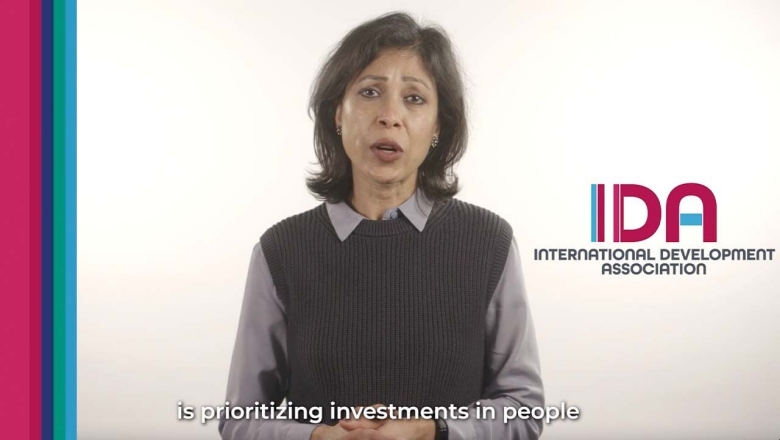Change often comes on the heels of adversity. It is safe to say that 2021 delivered plenty of both.
The COVID-19 pandemic brought most of the world to a stop in early 2020 and went on to cause alarming reversals in human capital accumulation—painstakingly achieved over many decades. Jobs losses, school closures and setbacks in learning, lack of access to health services and vaccines and the increased incidence of orphanhood remain major obstacles for people to build and use their human capital productively.
Against this grim picture, the Human Capital Project (HCP), launched in 2018, continues to provide a global platform for mobilizing action around the importance of protecting and investing in people. Through the HCP lens, we’ve noted the innovative ways that governments are stepping up to protect their population and get services back on track.
- Many countries have embraced online learning and multimedia solutions to reach the 1.6 billion students who were out of school due to lockdowns.
- They reinforced health systems to save lives and detect, prevent and respond to the pandemic, driving a massive expansion in telemedicine.
- And, they transformed safety net programs to digital delivery, rapidly scaling up reach and directing cash transfers to digital accounts via mobile phones.
These efforts offer a roadmap to addressing some of the unprecedented challenges posed by COVID-19. More needs to be done, however. A durable recovery hinges on how fast countries can restore human capital and plan for an escalation of efforts in the coming years.
Our Third Annual Report about the Human Capital Project documents both the major challenges and these shifting development horizons. The collection of country stories and HCP-led engagements clearly show the need to redouble our sense of urgency, the importance of testing innovations to accommodate the new ground realities brought about by the pandemic, and the ever-present need for investments in people across the life cycle to arrest further erosion of human capital.


